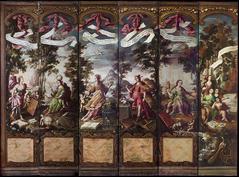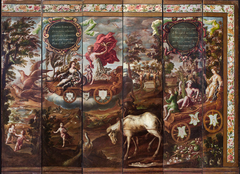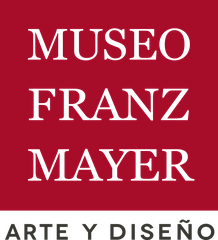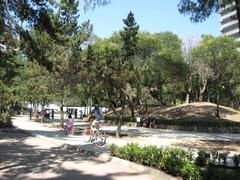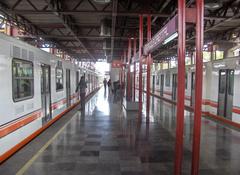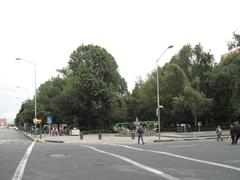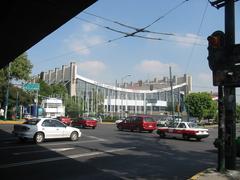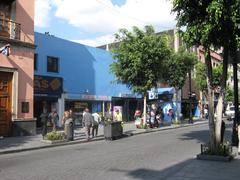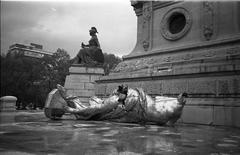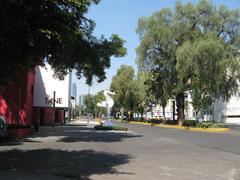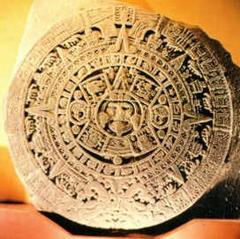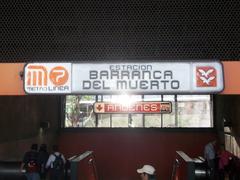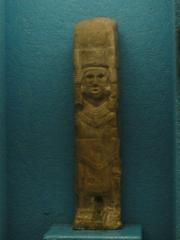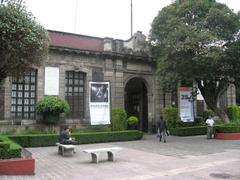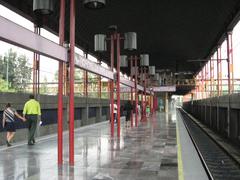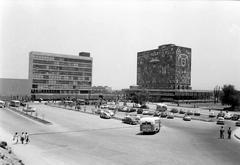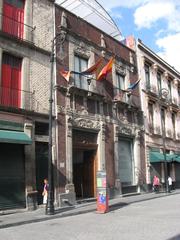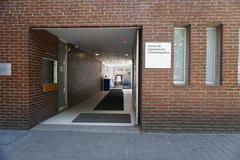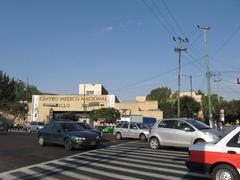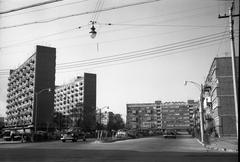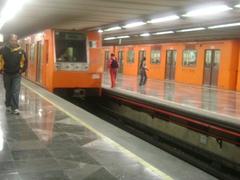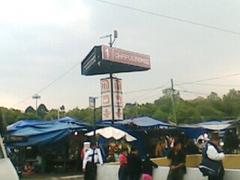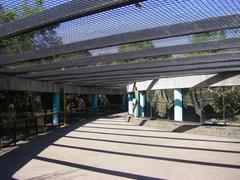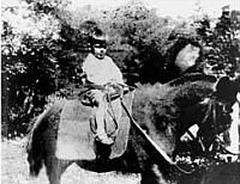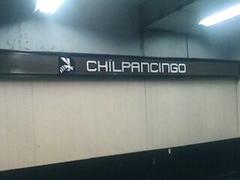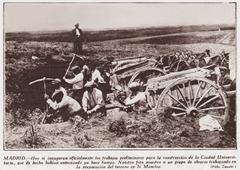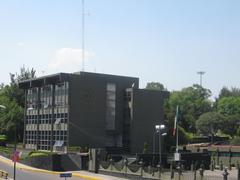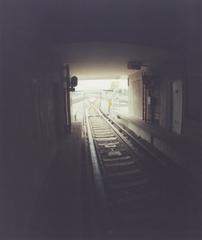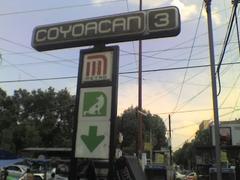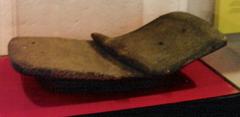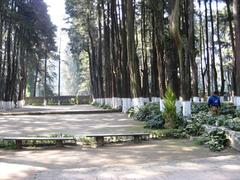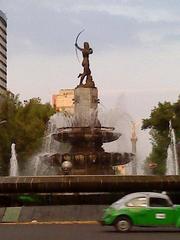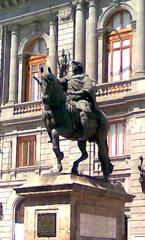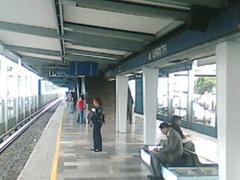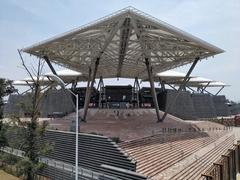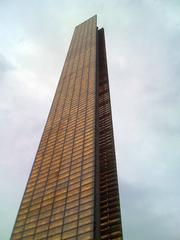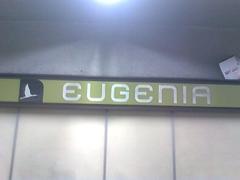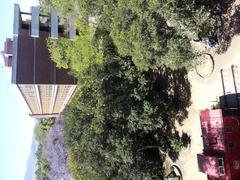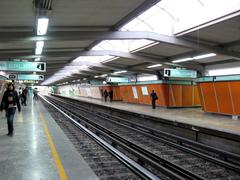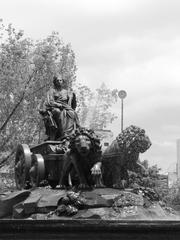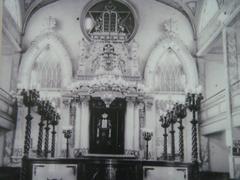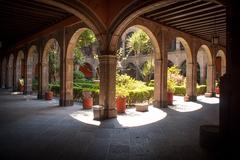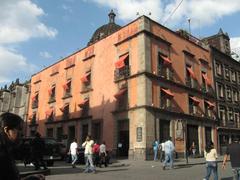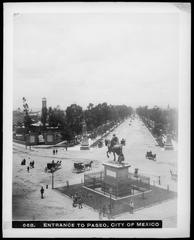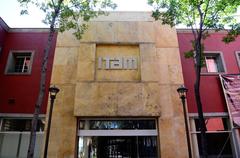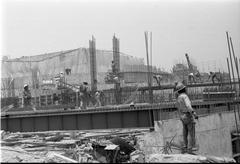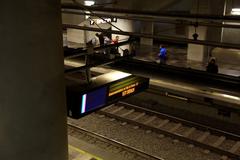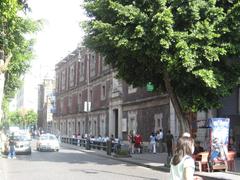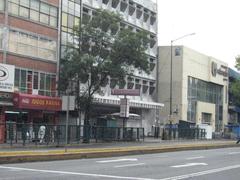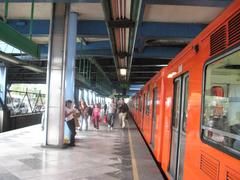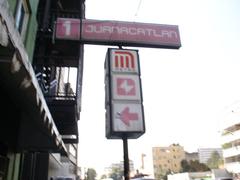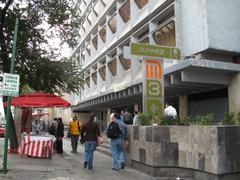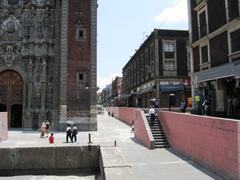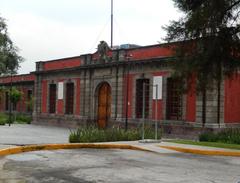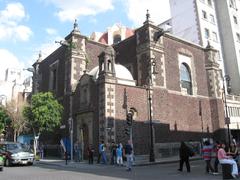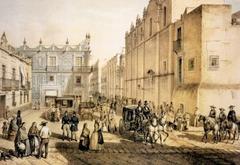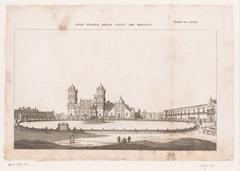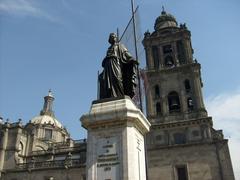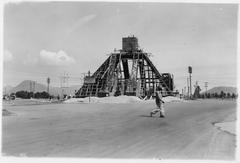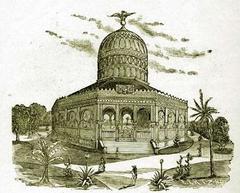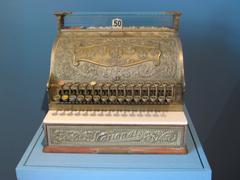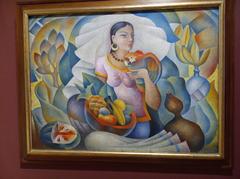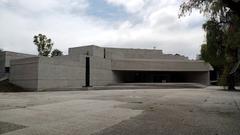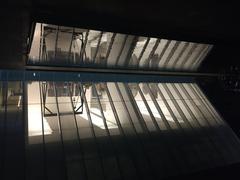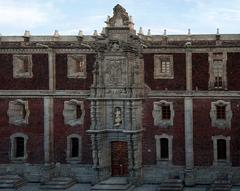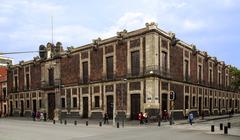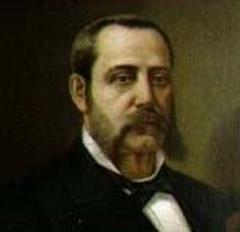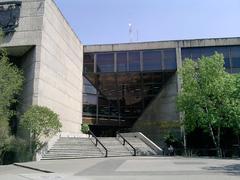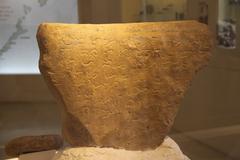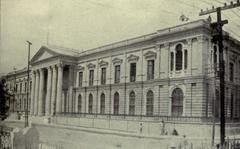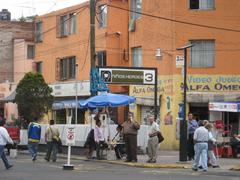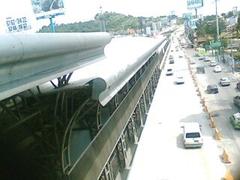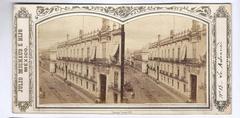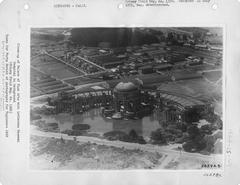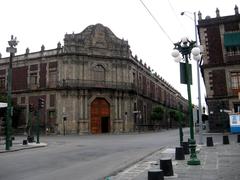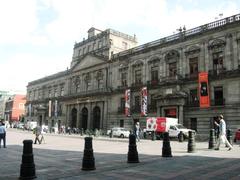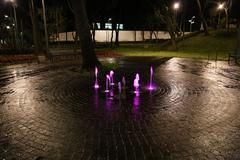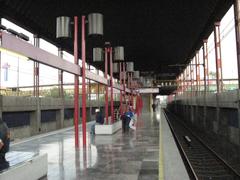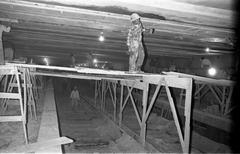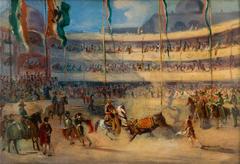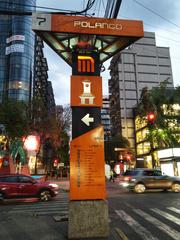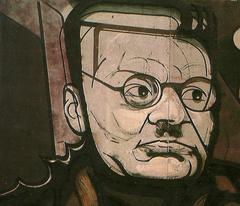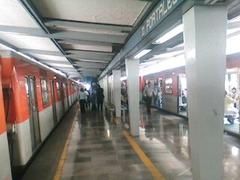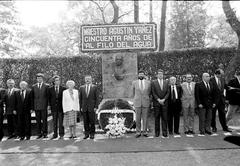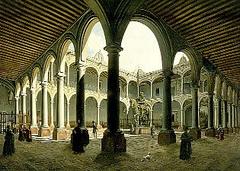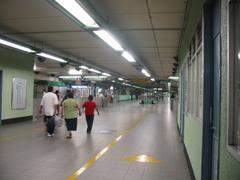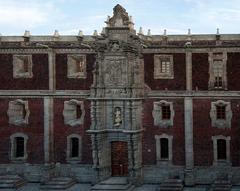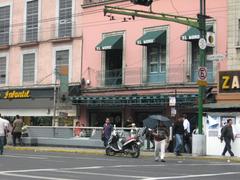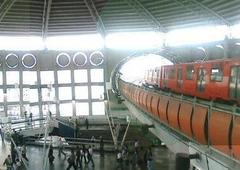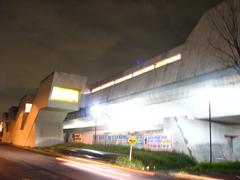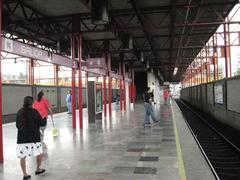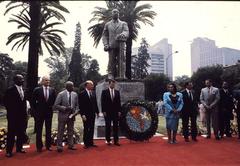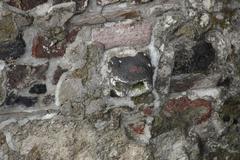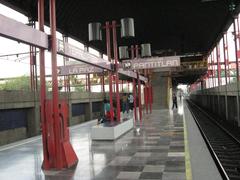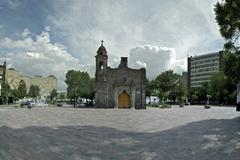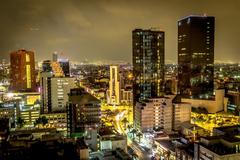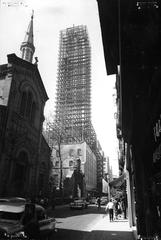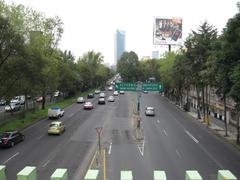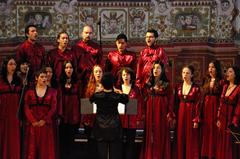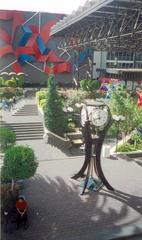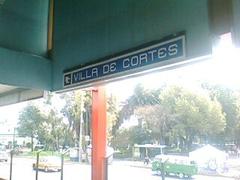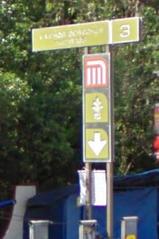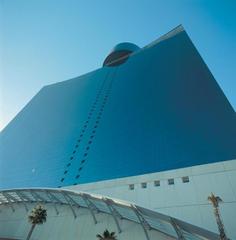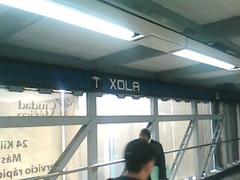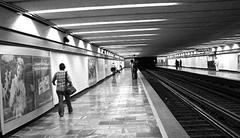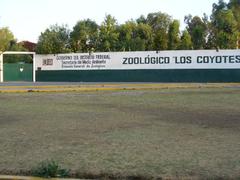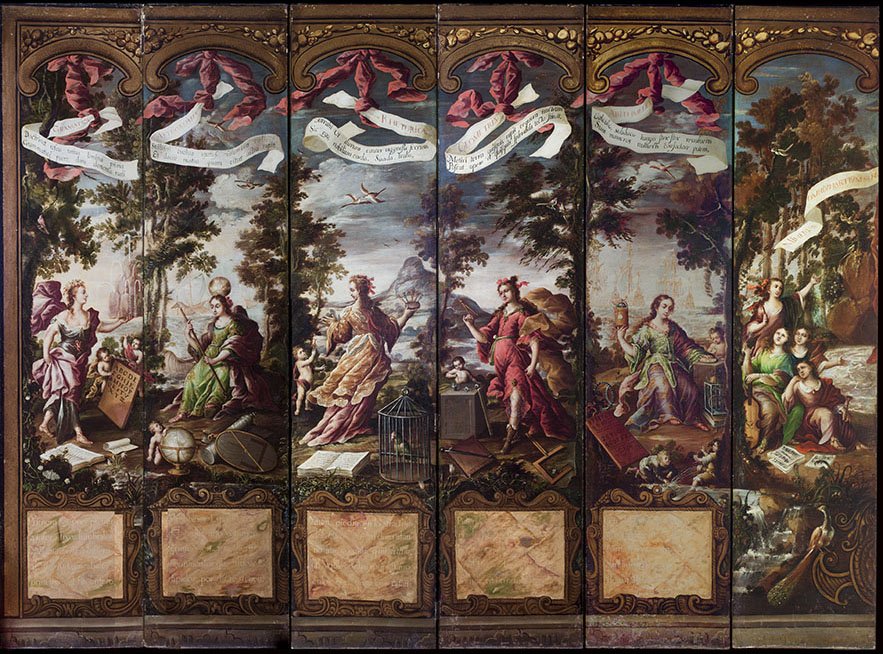
San Juan de Dios Visiting Hours, Tickets, and Historical Sites in Mexico City: Comprehensive Guide
Date of Publication: 17/07/2024
Introduction to San Juan de Dios
San Juan de Dios in Mexico City is a captivating destination that intertwines rich historical narratives with vibrant modern culture. This iconic landmark has evolved from its origins as a hospital and church complex into a bustling market and cultural hub, offering an immersive experience for visitors. The story of San Juan de Dios begins in 1582 when Don Bernardino Alvarez, driven by compassion, donated land for the construction of a hospital to serve the city’s growing population. Officially opening its doors in 1604 under the care of the Order of Hospitallers of St. John of God, the hospital became a beacon of universal healthcare in New Spain (mexicodesconocido). Today, the legacy of San Juan de Dios endures through the Museo de la Ciudad de México, which invites visitors to explore its profound historical and cultural significance.
In addition to its historical importance, the neighborhood of San Juan de Dios pulsates with cultural vibrancy, reflecting a blend of indigenous heritage, colonial influences, and modern dynamism. Architectural marvels such as the Templo de San Juan de Dios and the Mercado de San Juan stand as testaments to its enduring spirit. Moreover, the area is renowned for its traditional celebrations, culinary delights, and the warm hospitality of its residents, making it a must-visit destination for anyone traveling to Mexico City.
Table of Contents
- Introduction
- Historical Overview
- Visitor Information
- Travel Tips
- Exploring the Legacy
- Conclusion
- FAQs
- Call to Action
- References and Further Reading
Historical Overview
Early Beginnings (16th - 18th Century)
- 1582 - A Seed of Compassion Planted: The hospital traces its roots back to 1582, when nobleman Don Bernardino Alvarez donated land for its construction. This act of charity was driven by the pressing need to care for the city’s growing population, particularly the less fortunate.
- 1604 - Under the Order’s Wing: The Hospital San Juan de Dios officially opened its doors in 1604, entrusted to the care of the Order of Hospitallers of St. John of God. This Catholic religious order, known for its dedication to the sick and poor, would shape the hospital’s ethos for centuries to come.
- A Legacy of Service: Throughout the 17th and 18th centuries, the hospital served as a critical healthcare center in New Spain. Its doors were open to all, regardless of their social standing or ability to pay, embodying the Order’s commitment to universal healthcare.
Evolution and Expansion (19th Century)
- Modernization and Growth: The 19th century ushered in a period of significant change. The hospital underwent expansions and renovations to accommodate advancements in medicine and cater to the city’s burgeoning population.
- A Shift in Governance: A pivotal moment arrived in 1857 with the Ley Lerdo, a law that led to the nationalization of church property. While the Order continued its service, the hospital came under the administration of the Mexican government.
20th Century and Beyond
- Enduring Legacy: The 20th century saw the hospital’s role evolve further. While new medical institutions emerged in Mexico City, San Juan de Dios continued to provide essential healthcare services, particularly to the underprivileged.
- Closure and Transformation: After centuries of service, the hospital closed its doors in 1968. However, its legacy was far from over. The building underwent a remarkable transformation, finding new life as the home of the Museo de la Ciudad de México (Museum of the City of Mexico).
Visitor Information
- Visiting Hours and Tickets: The Museo de la Ciudad de México is open Tuesday to Sunday from 10:00 AM to 6:00 PM. General admission tickets are priced at $30 MXN, with discounts available for students, teachers, and seniors. Admission is free on Sundays.
- Accessibility: The museum is wheelchair accessible and offers resources for visitors with disabilities. Guided tours and educational programs are available upon request.
Travel Tips
- Nearby Attractions: Located in the historic center of Mexico City, the museum is close to numerous attractions, including the Metropolitan Cathedral, the Templo Mayor, and the Palacio de Bellas Artes.
- Getting There: The museum is easily accessible by public transportation. The nearest metro station is Zócalo (Line 2). Parking is limited, so public transport is recommended.
- Special Events and Tours: The museum frequently hosts special exhibitions, cultural events, and guided tours. Check the official website for the latest schedule and updates.
Exploring the Legacy
Visitors to the museum can still trace the hospital’s architectural footprint. The building’s layout, with its central courtyard and surrounding wards, reflects the hospital’s original design. The tranquil courtyard, once a place of respite for patients, now provides a serene setting for reflection and cultural exploration.
Conclusion
The story of San Juan de Dios is a poignant reminder of the power of human compassion and the enduring impact of institutions dedicated to serving others. It’s a story woven into the very fabric of Mexico City, offering visitors a glimpse into the city’s heart and soul. Plan your visit today to explore this remarkable site and discover its historical and cultural treasures.
FAQs
- What are the visiting hours for San Juan de Dios? The museum is open Tuesday to Sunday from 10:00 AM to 6:00 PM.
- How much do tickets cost? General admission is $30 MXN, with free entry on Sundays and discounts for eligible groups.
- Is the museum accessible for people with disabilities? Yes, the museum is wheelchair accessible and offers resources for visitors with disabilities.
- What are some nearby attractions? The museum is close to the Metropolitan Cathedral, Templo Mayor, and Palacio de Bellas Artes.
Call to Action
Discover more about Mexico City’s rich history by visiting San Juan de Dios. Don’t forget to check out other related posts on our website, download our mobile app Audiala for exclusive content, and follow us on social media for the latest updates.
